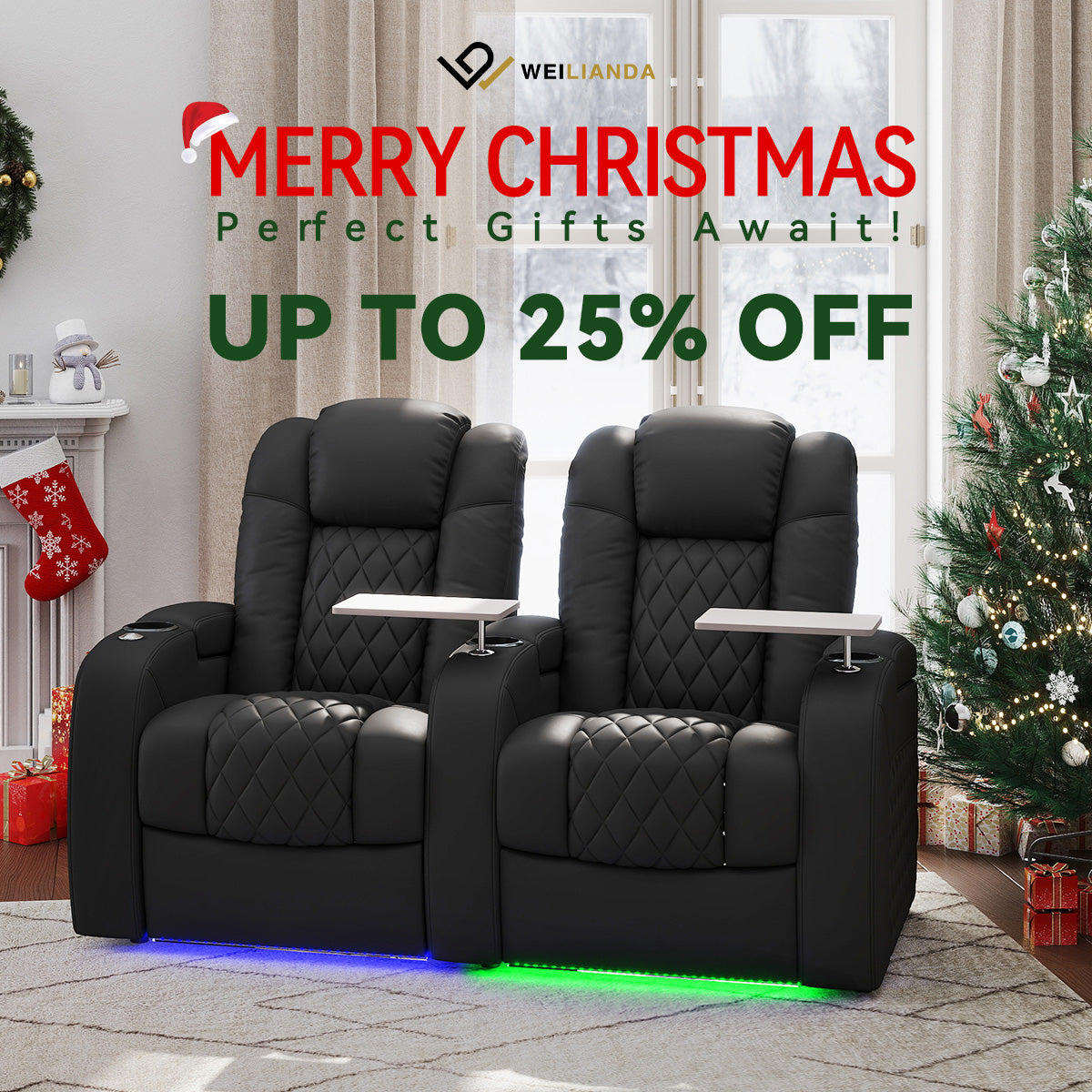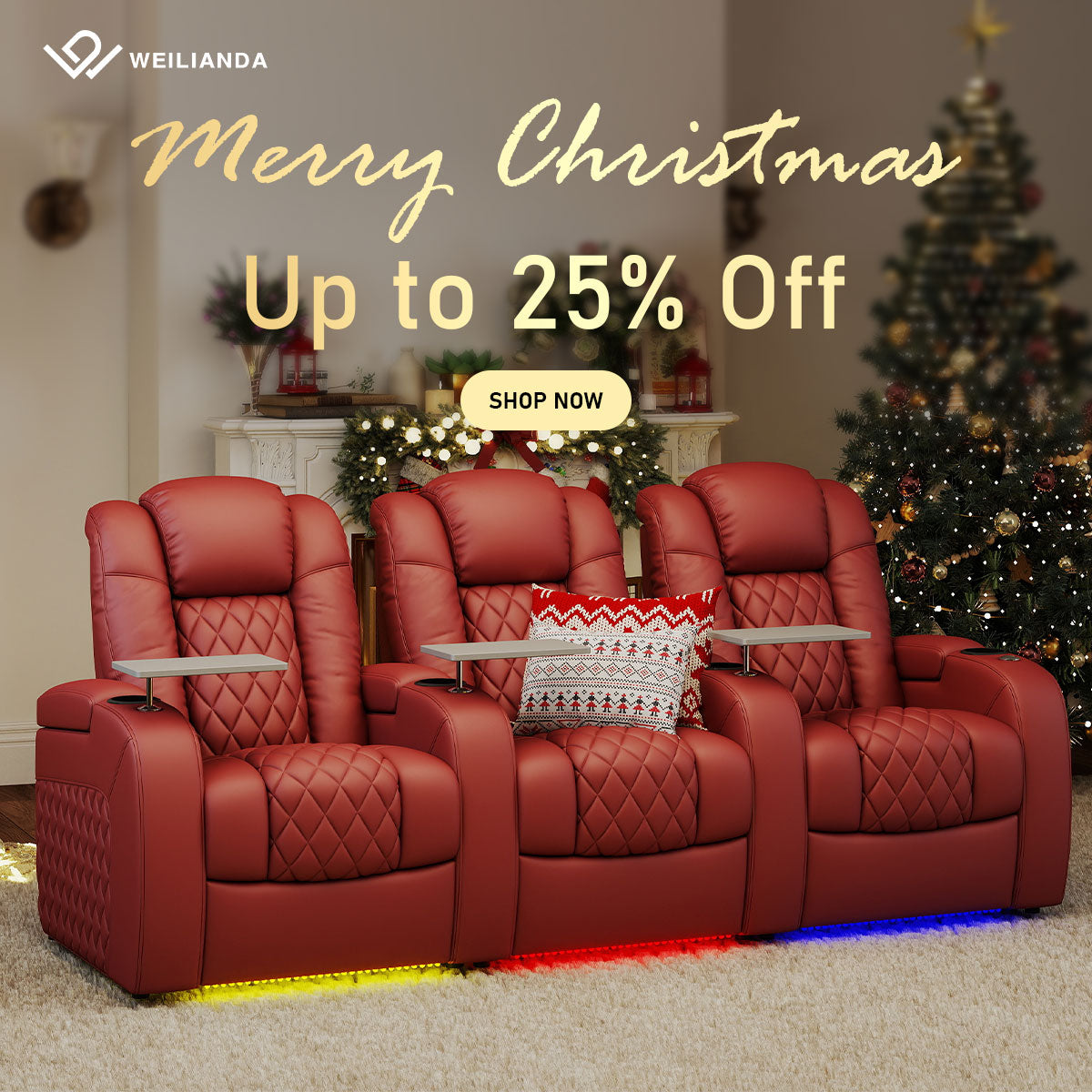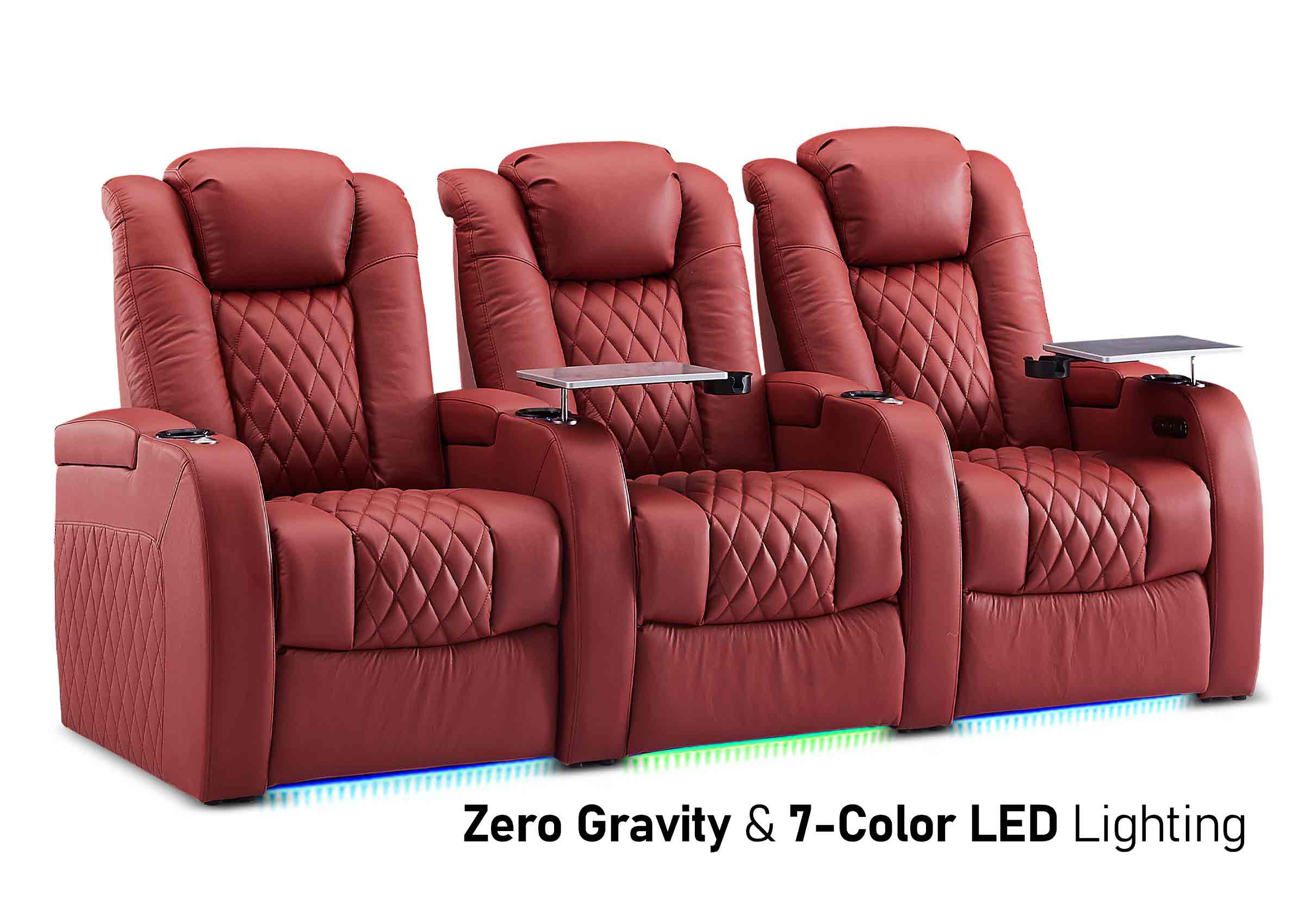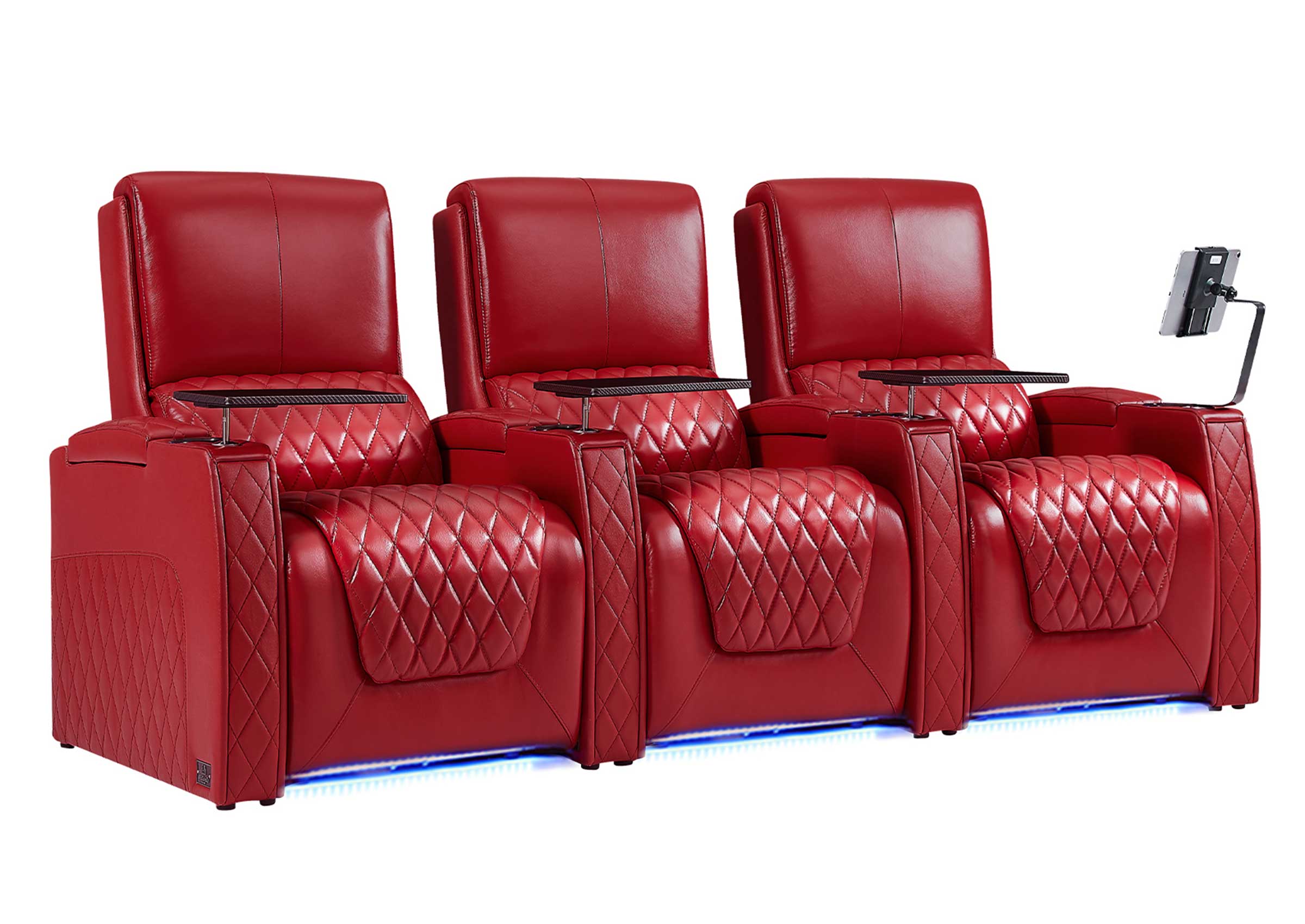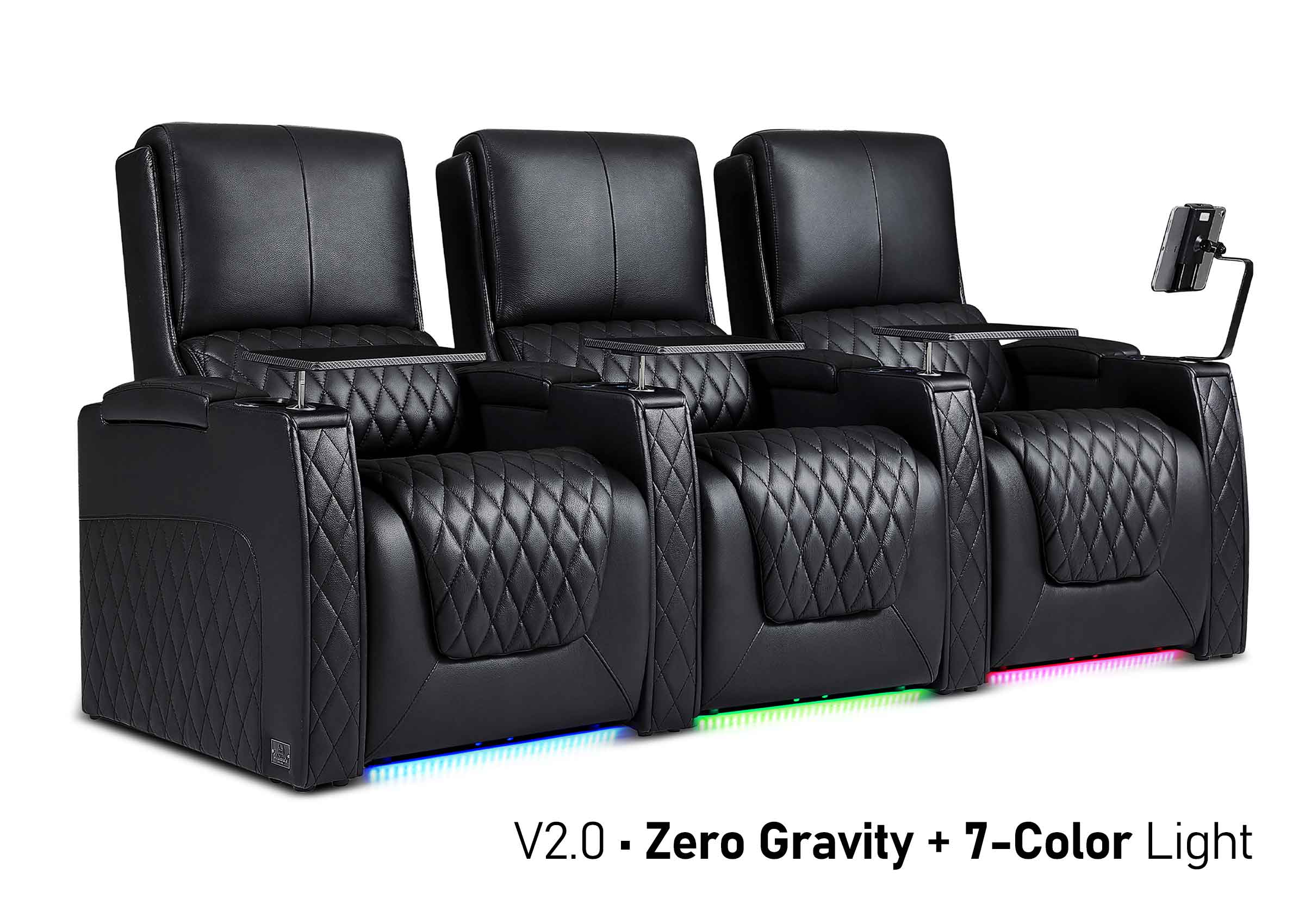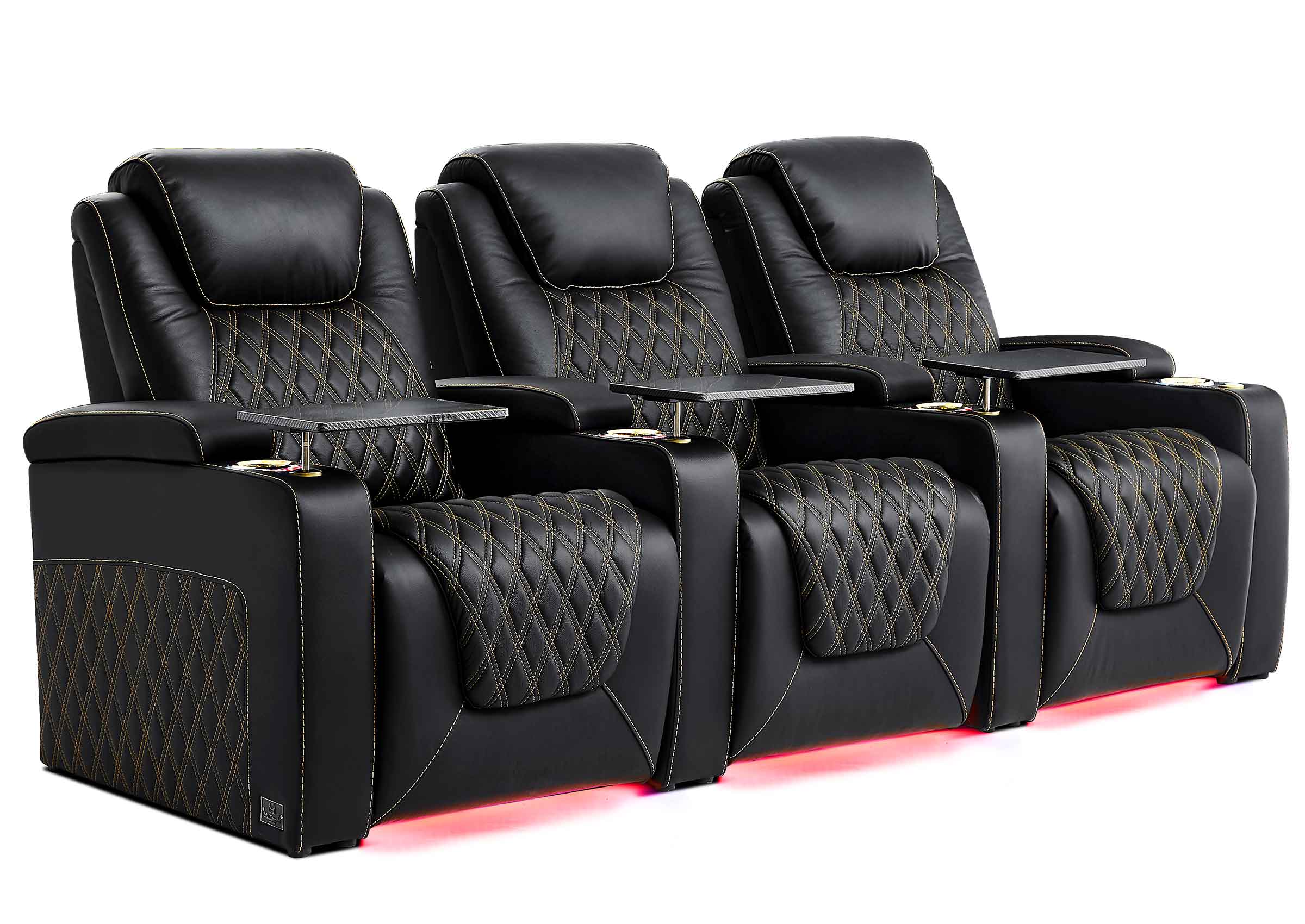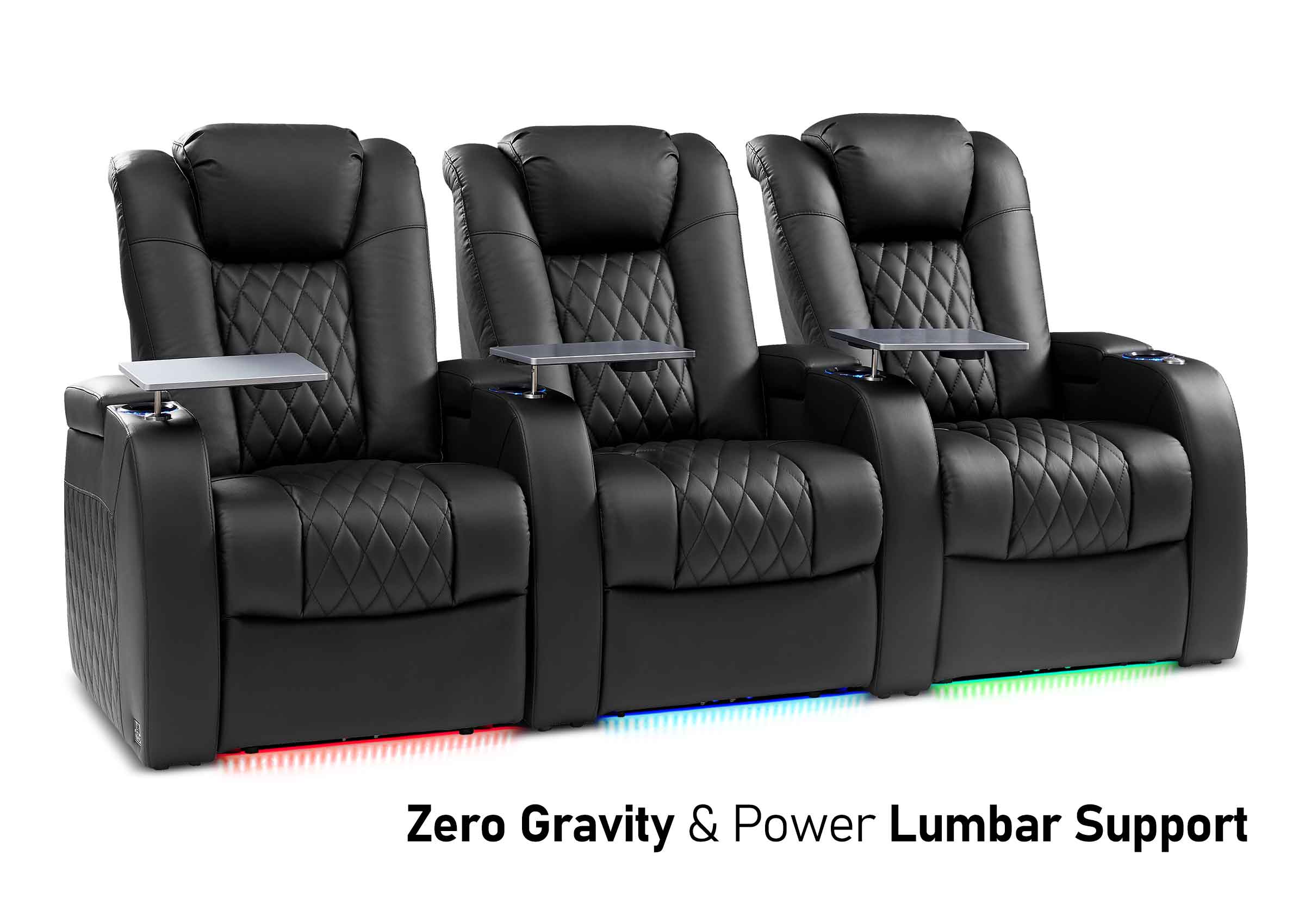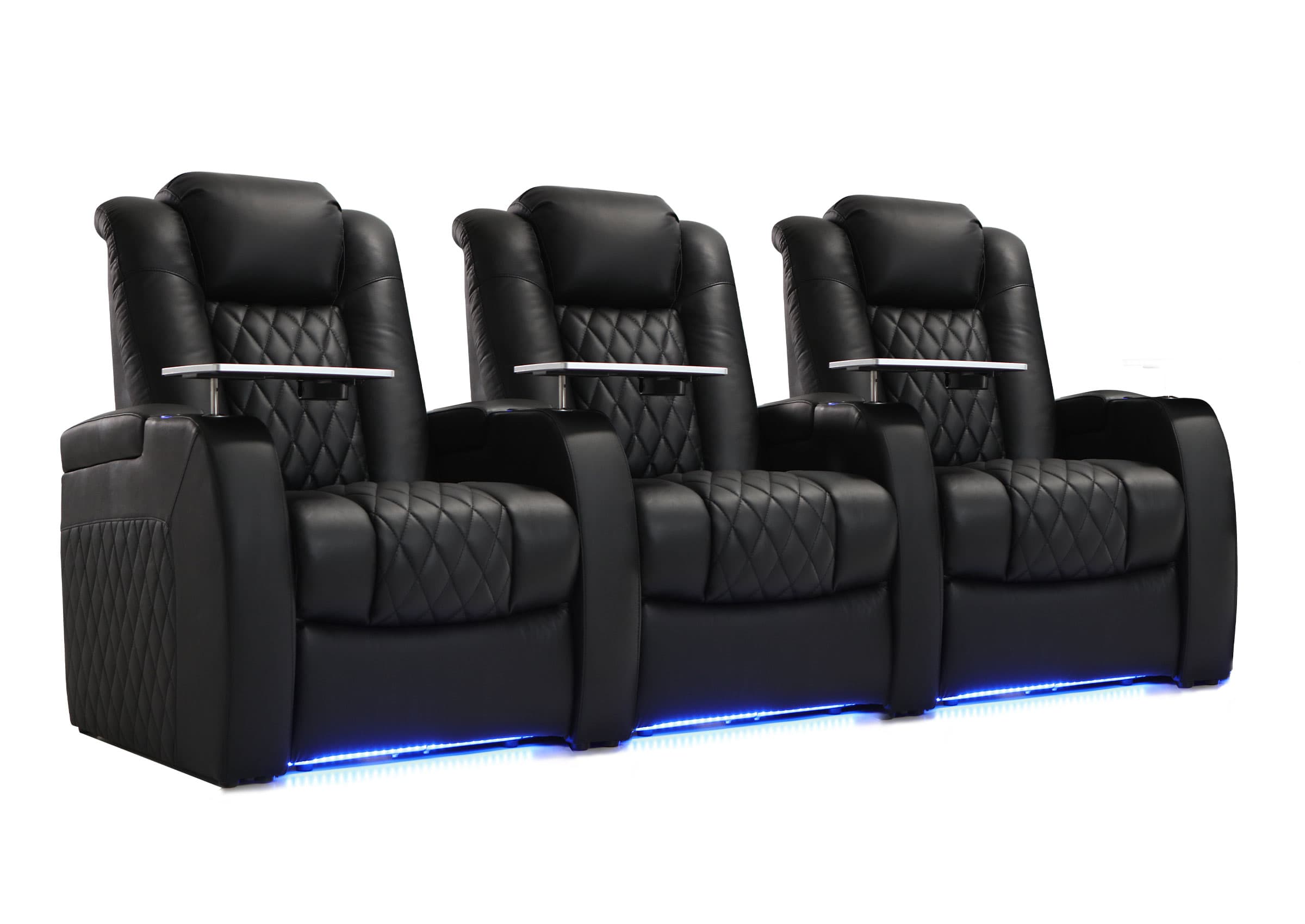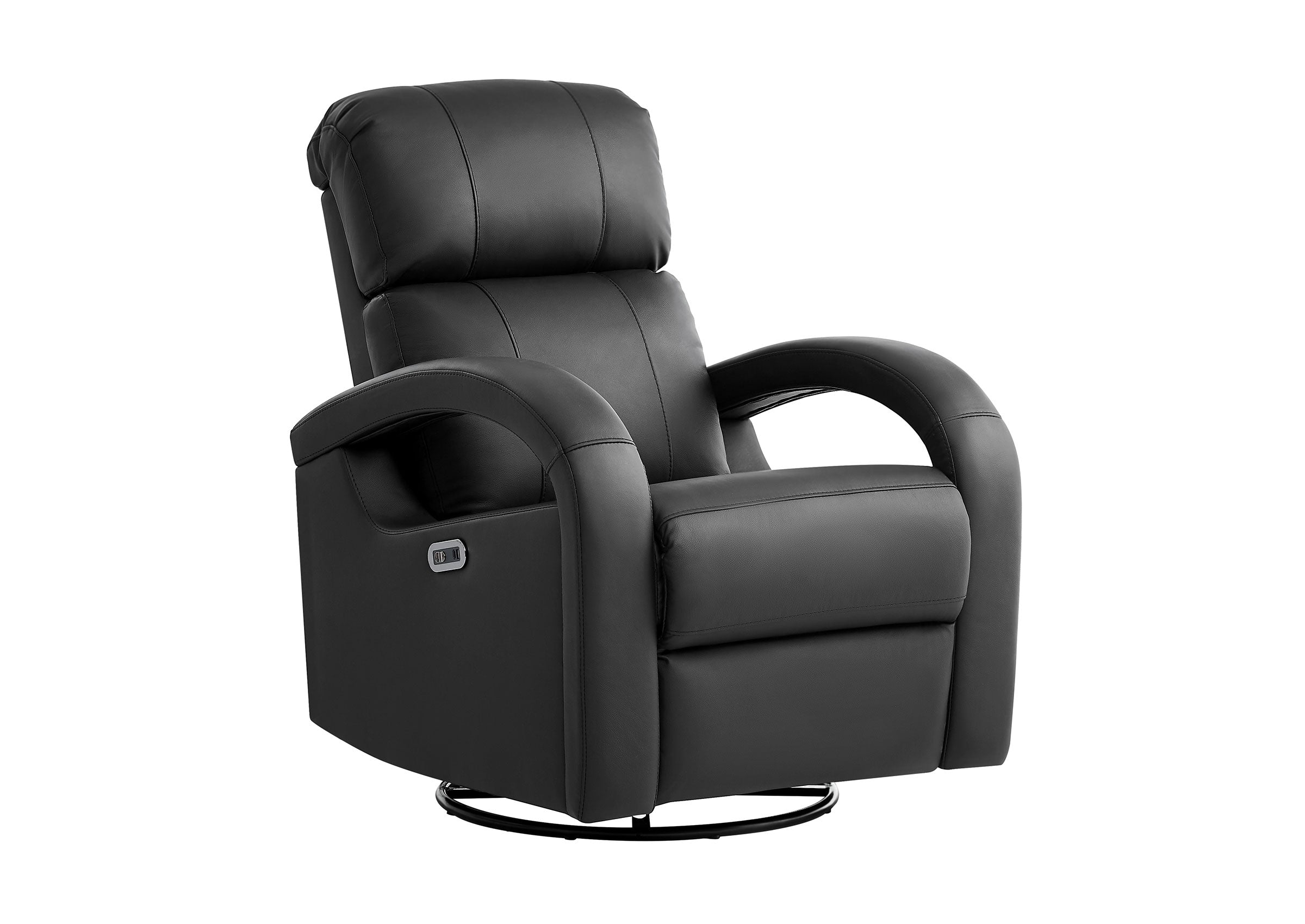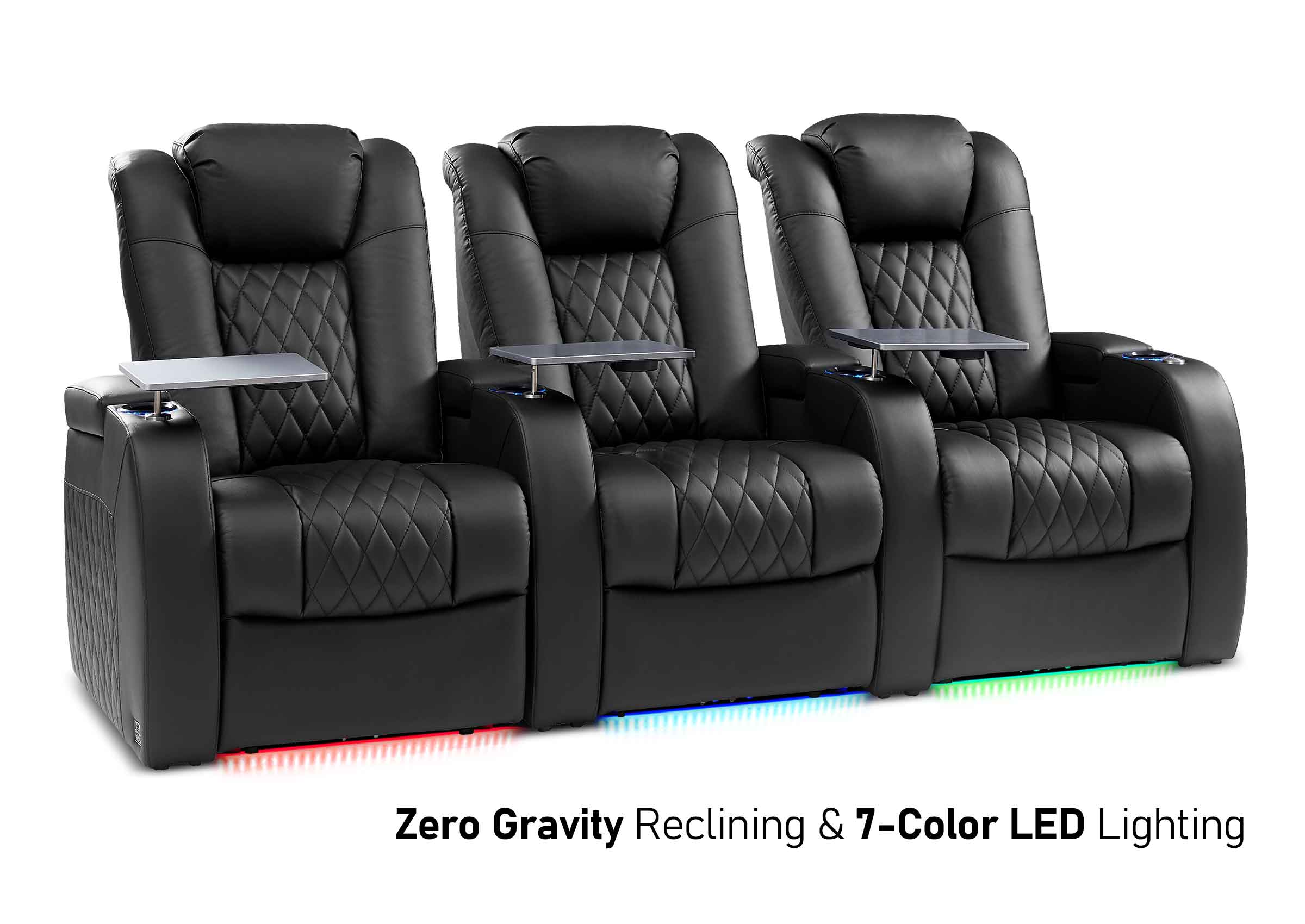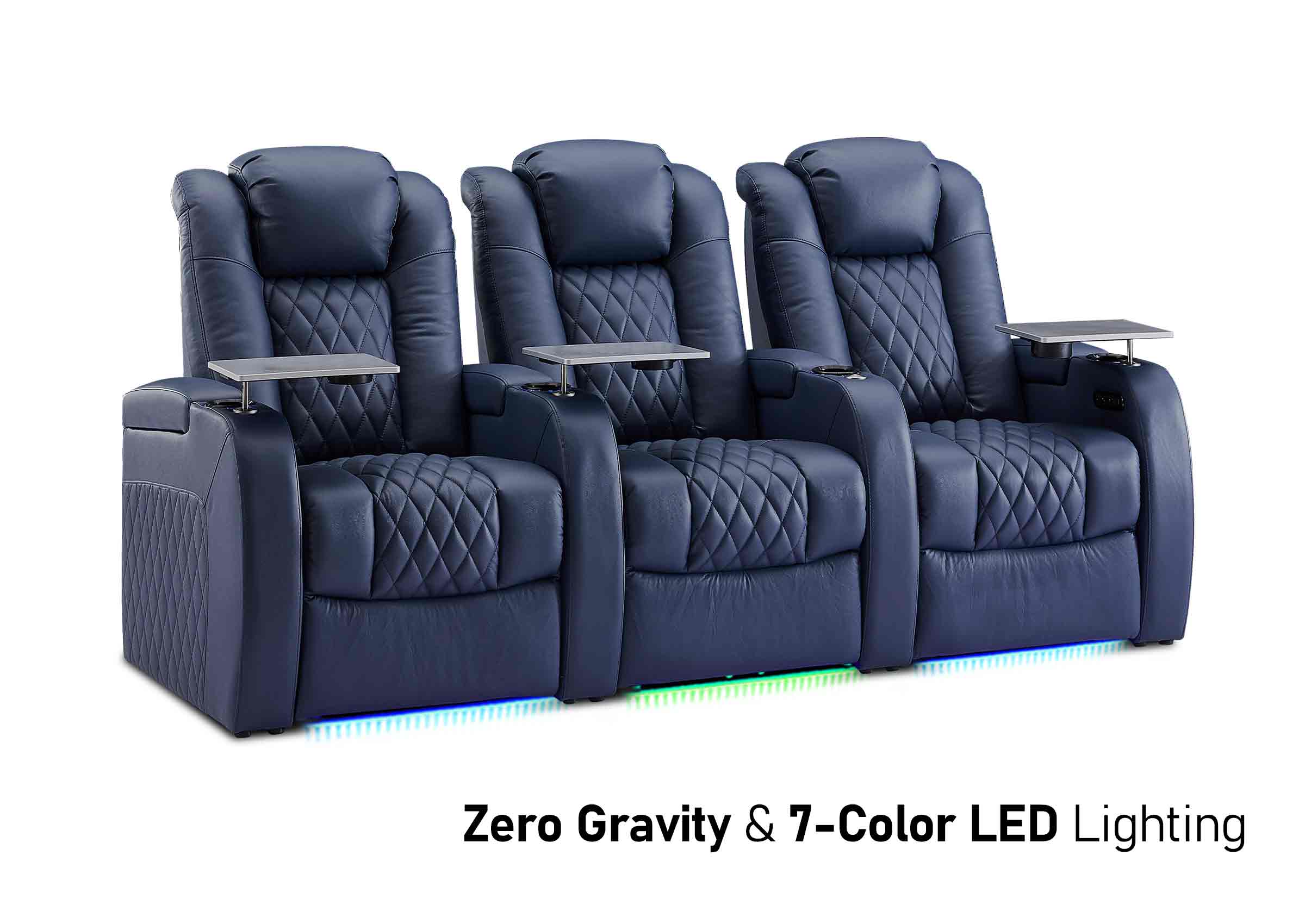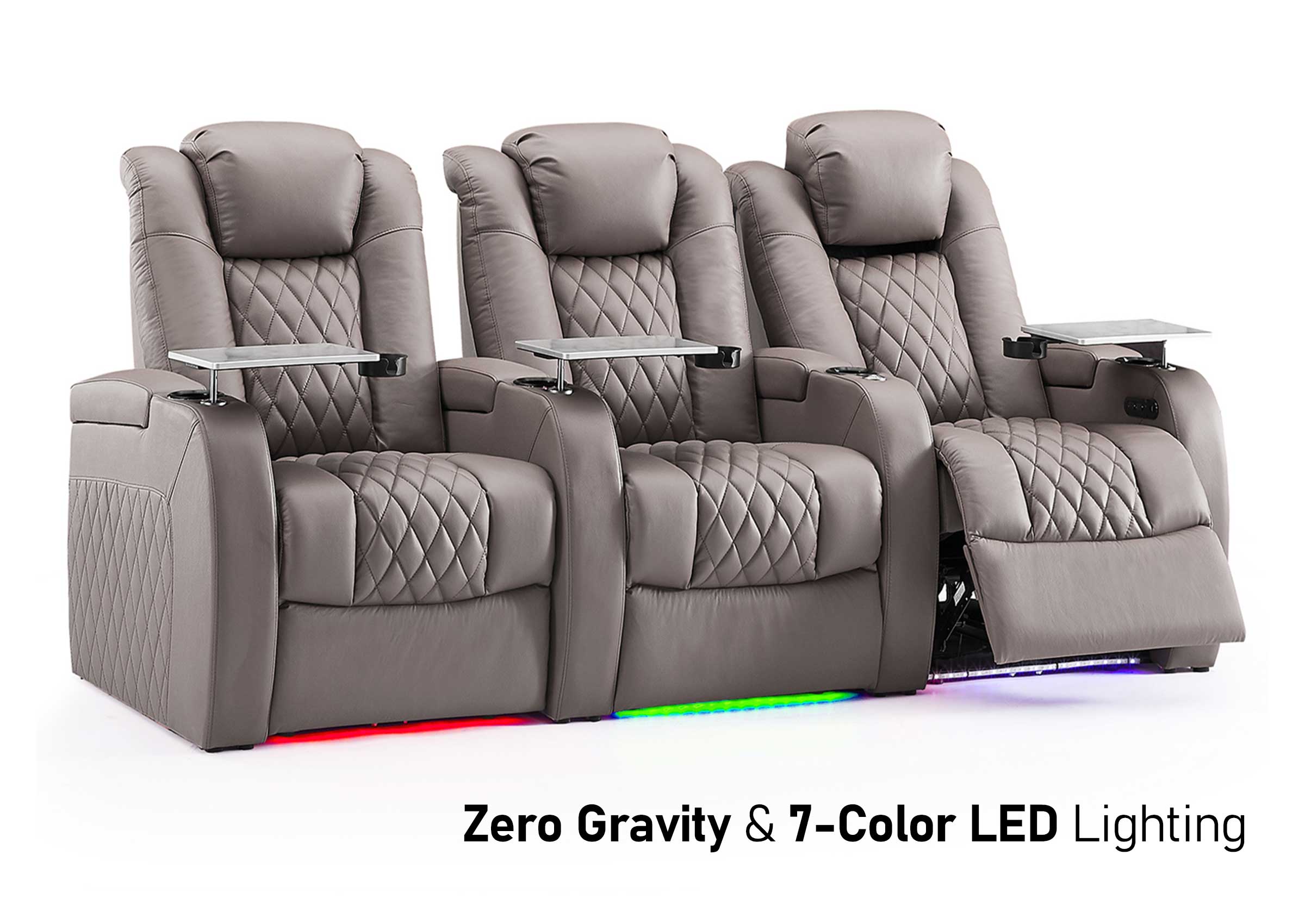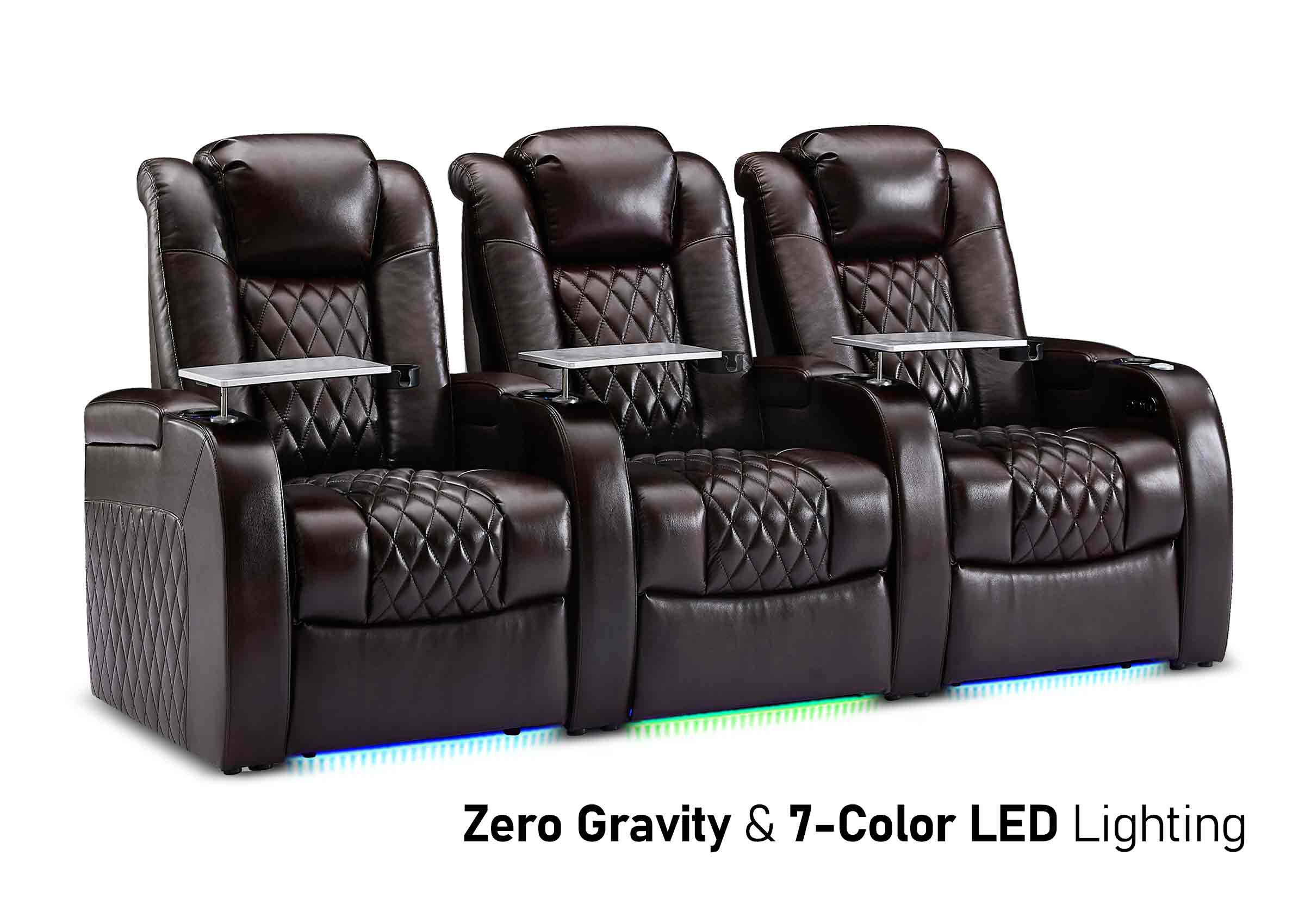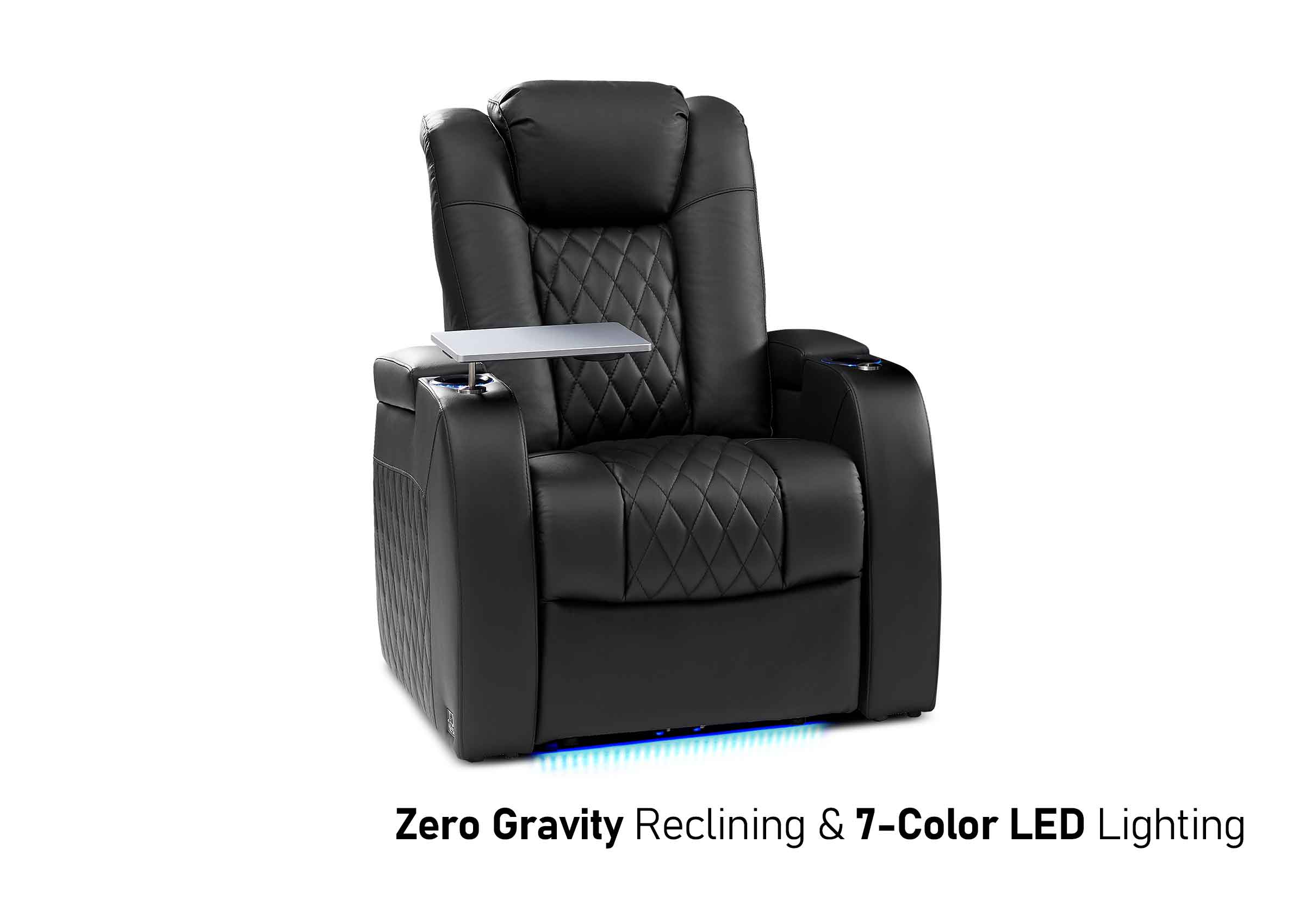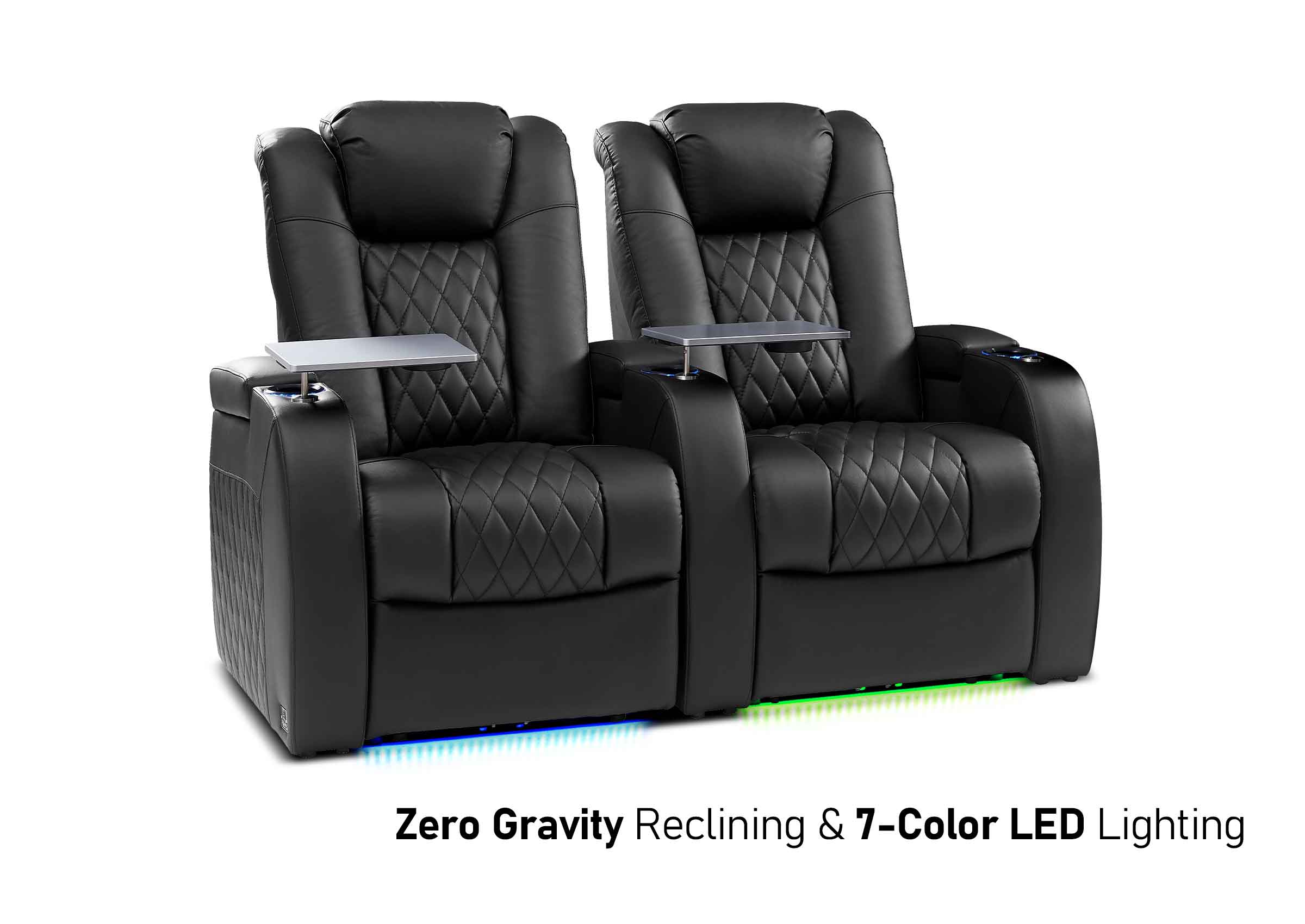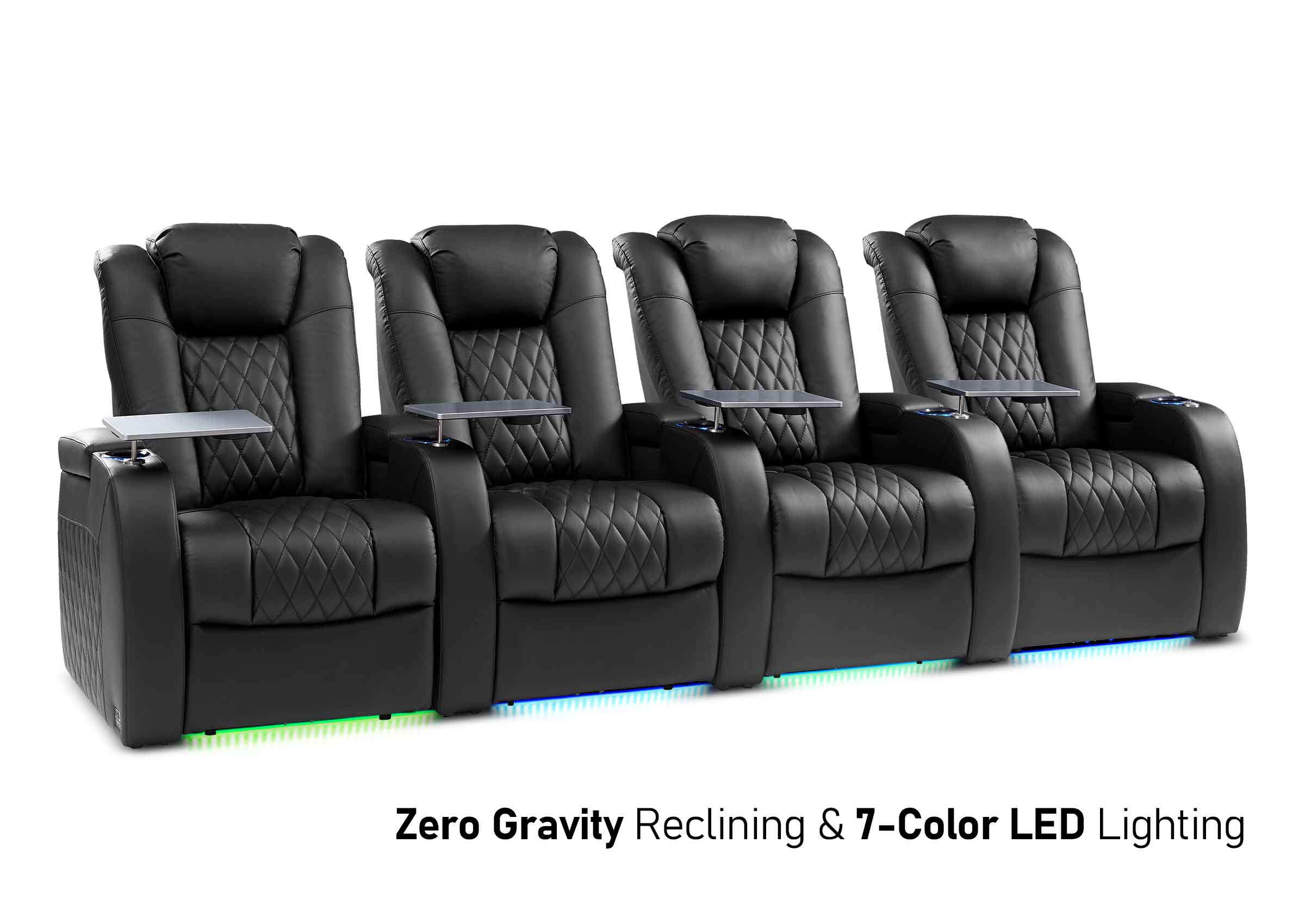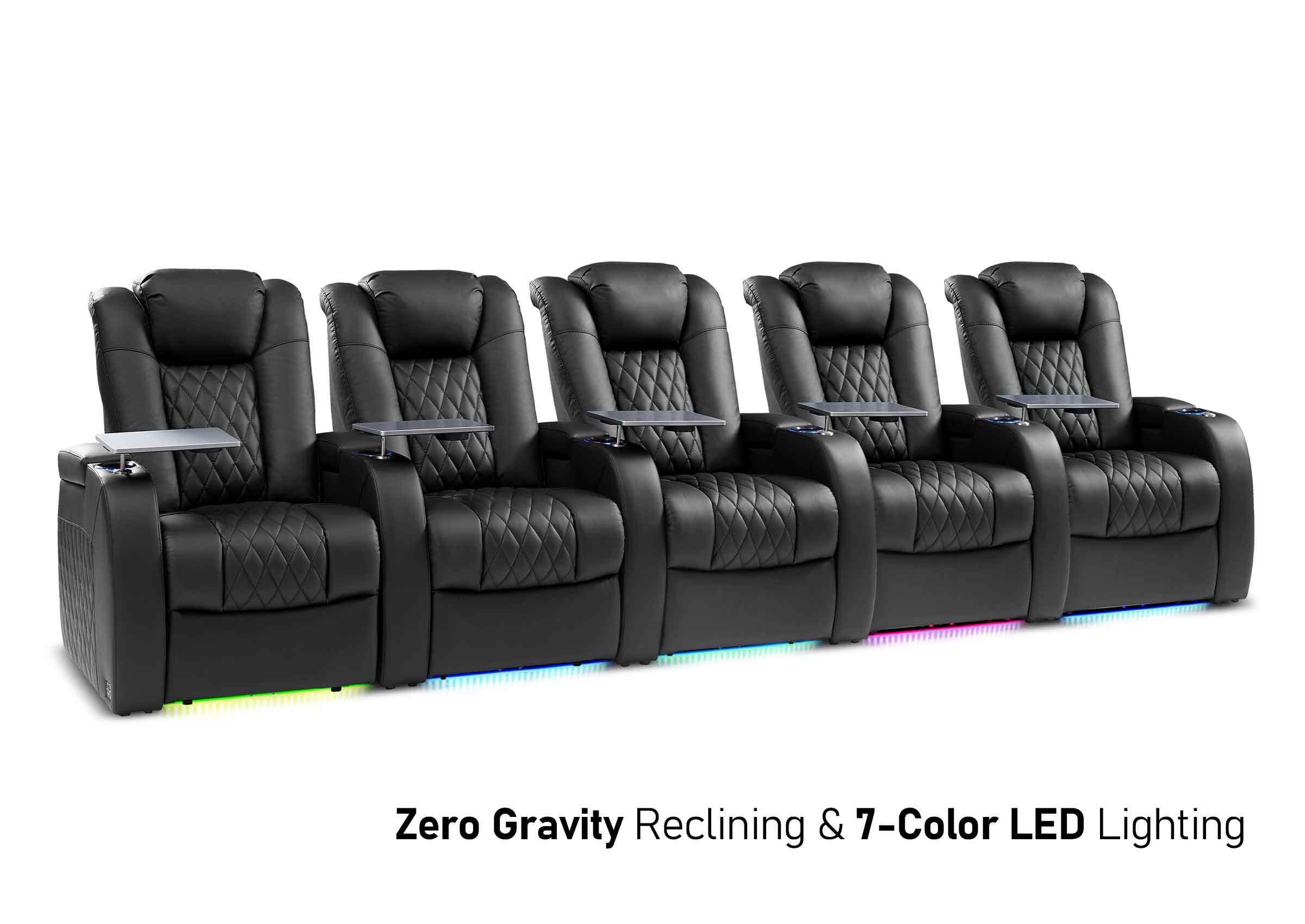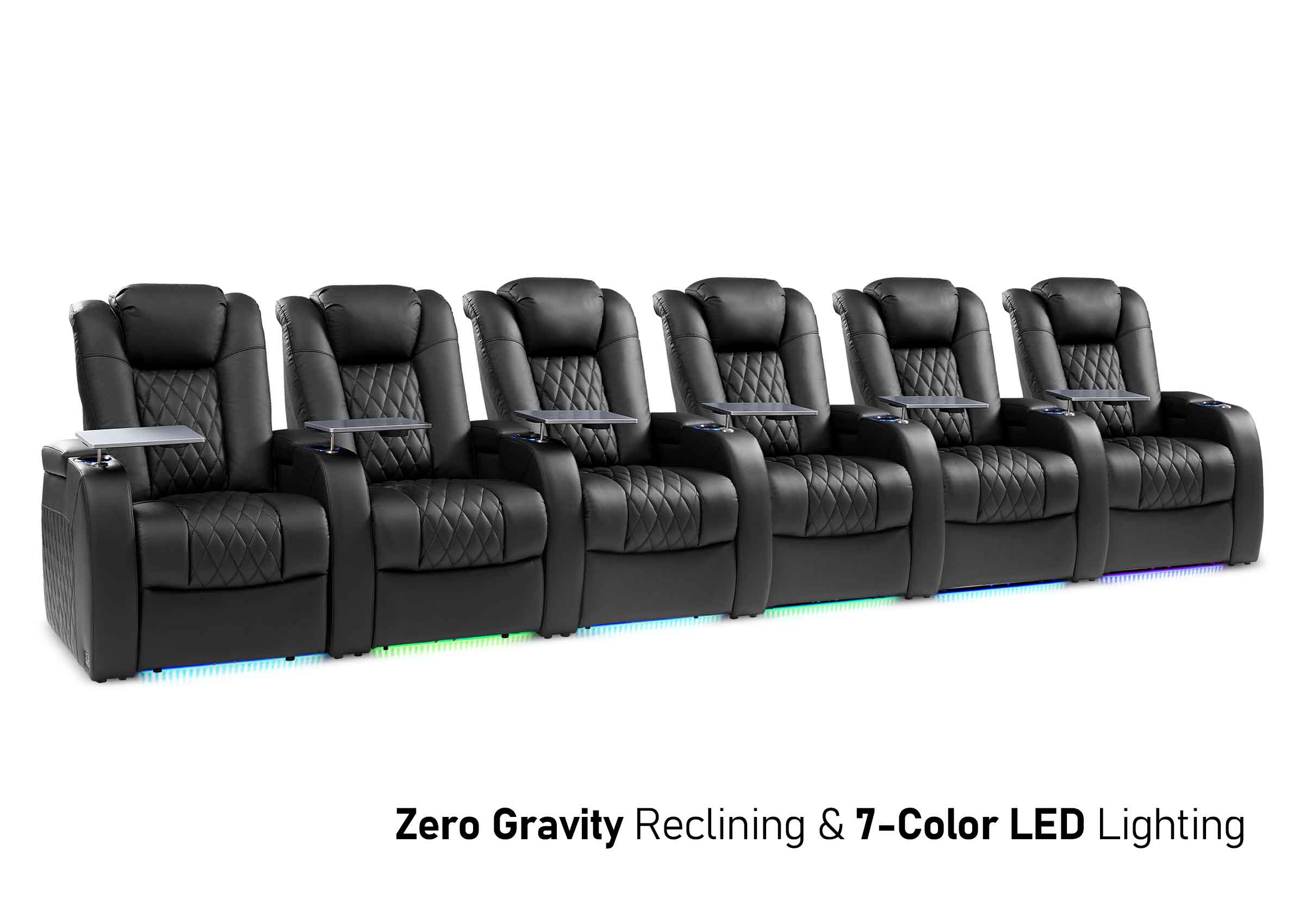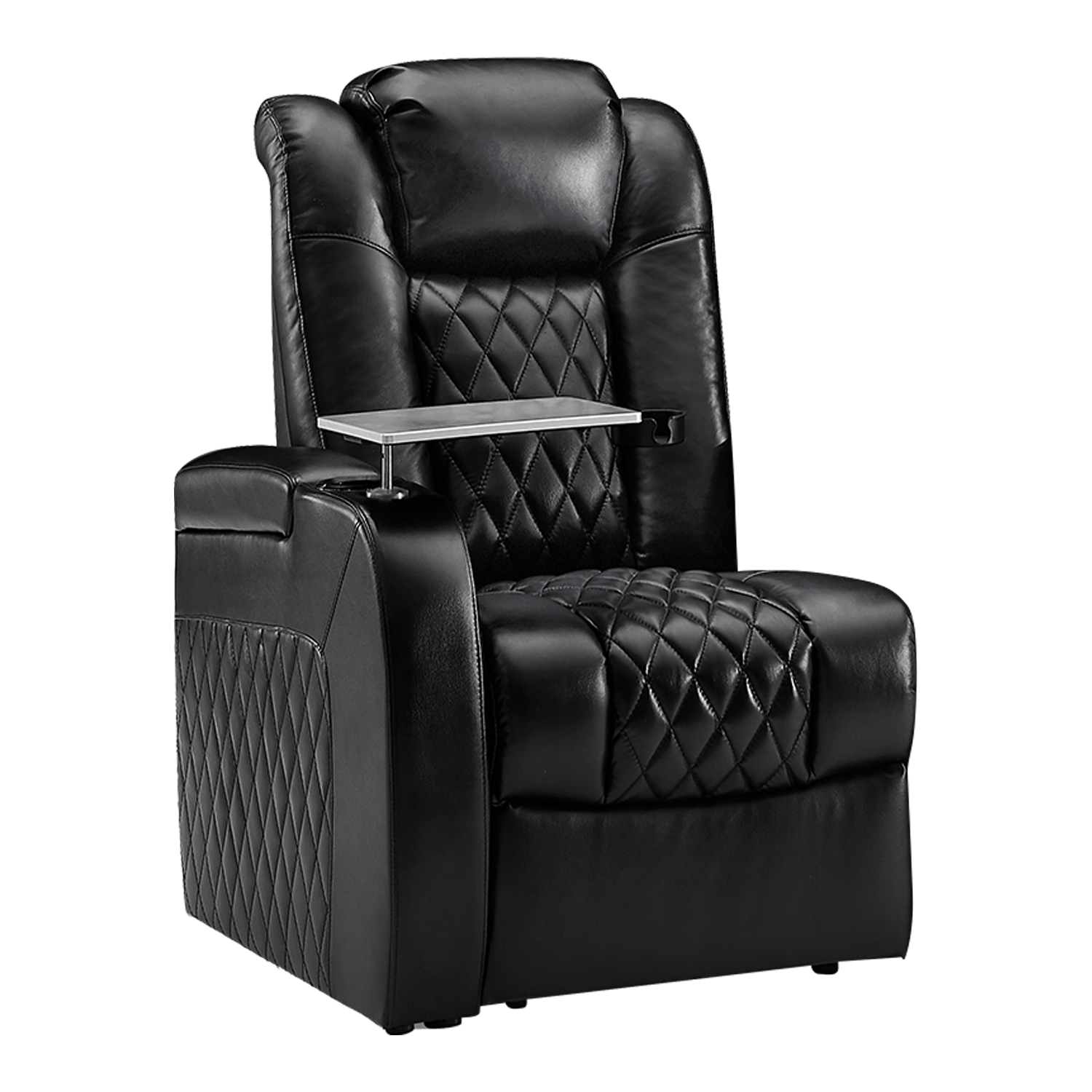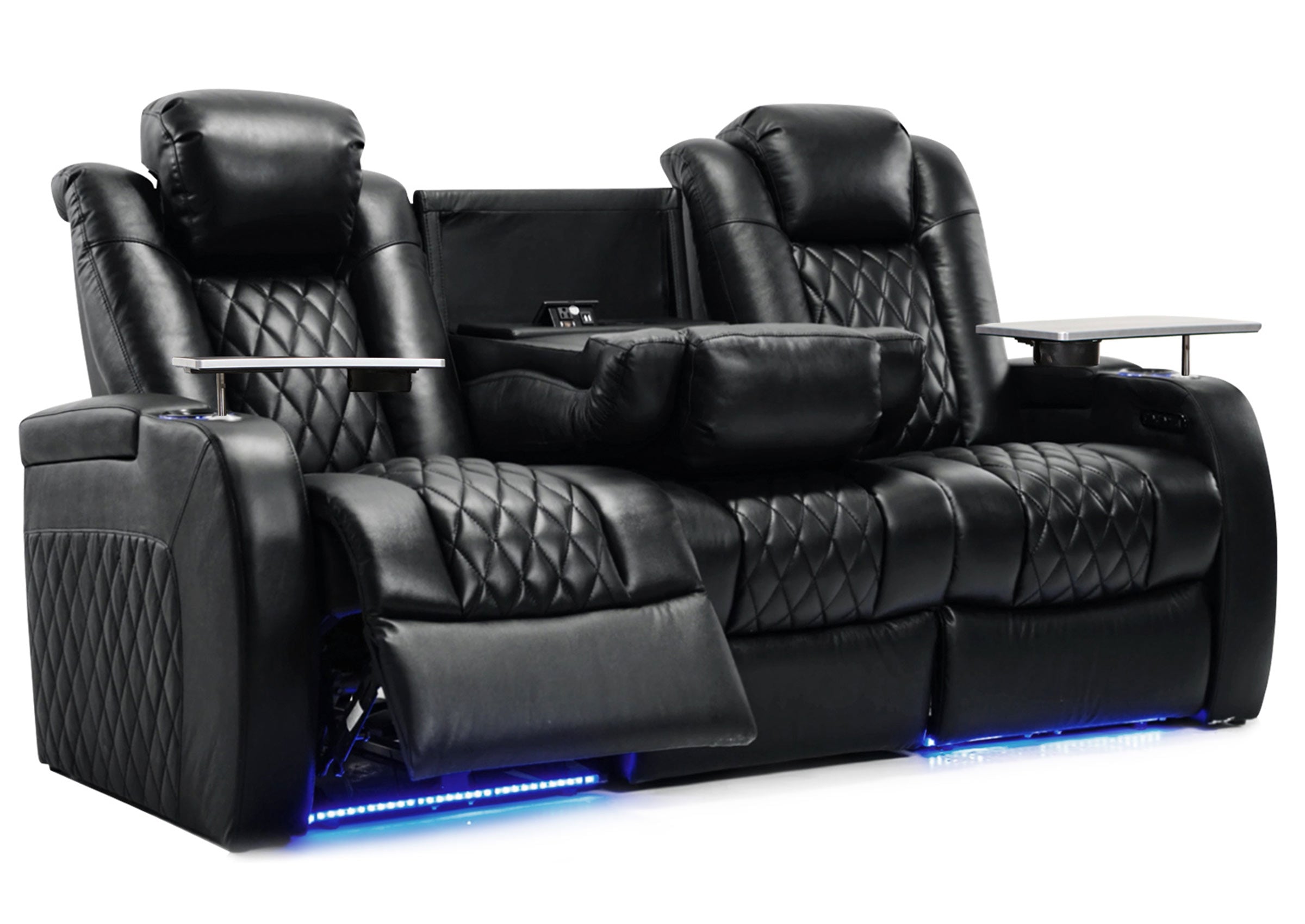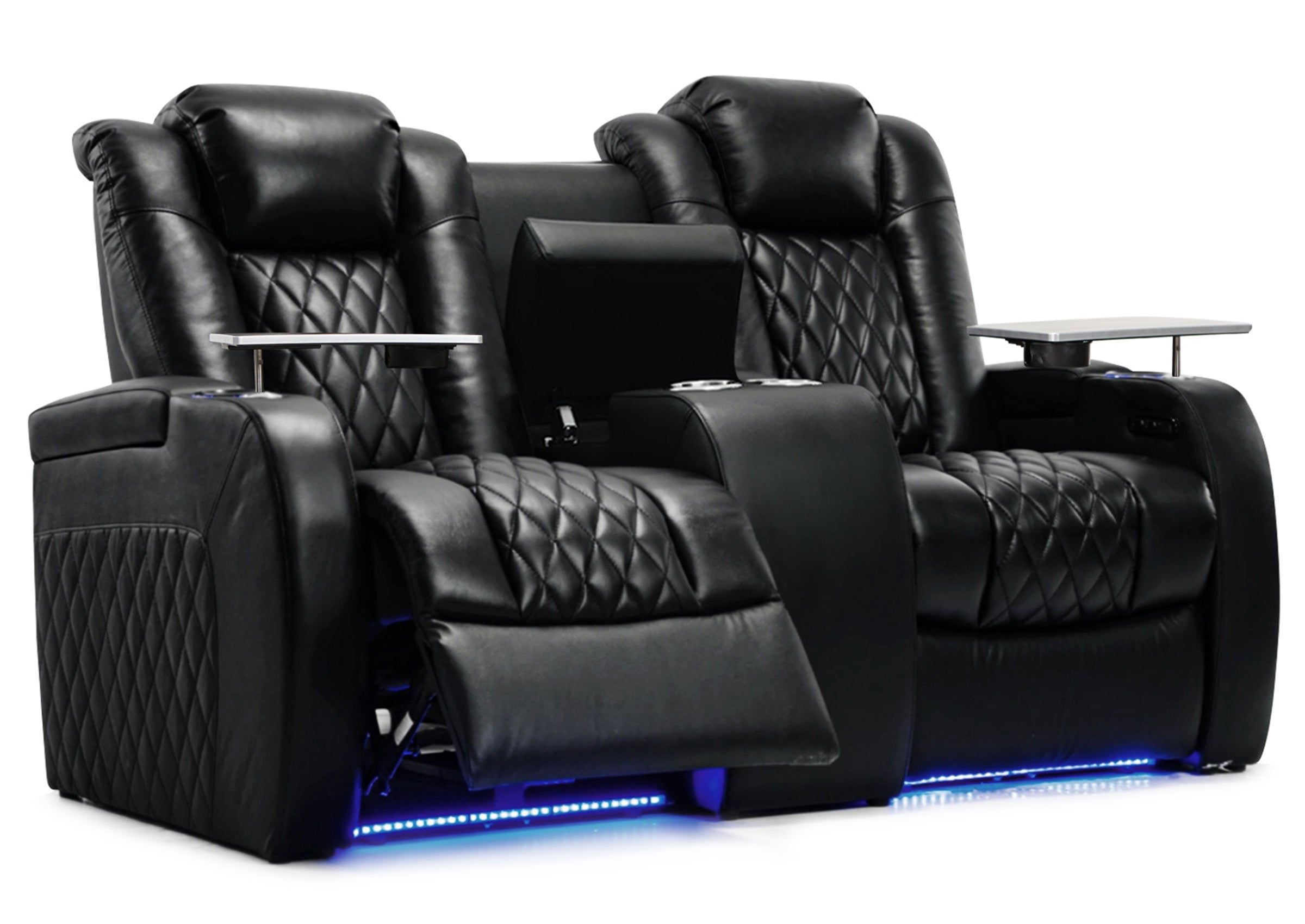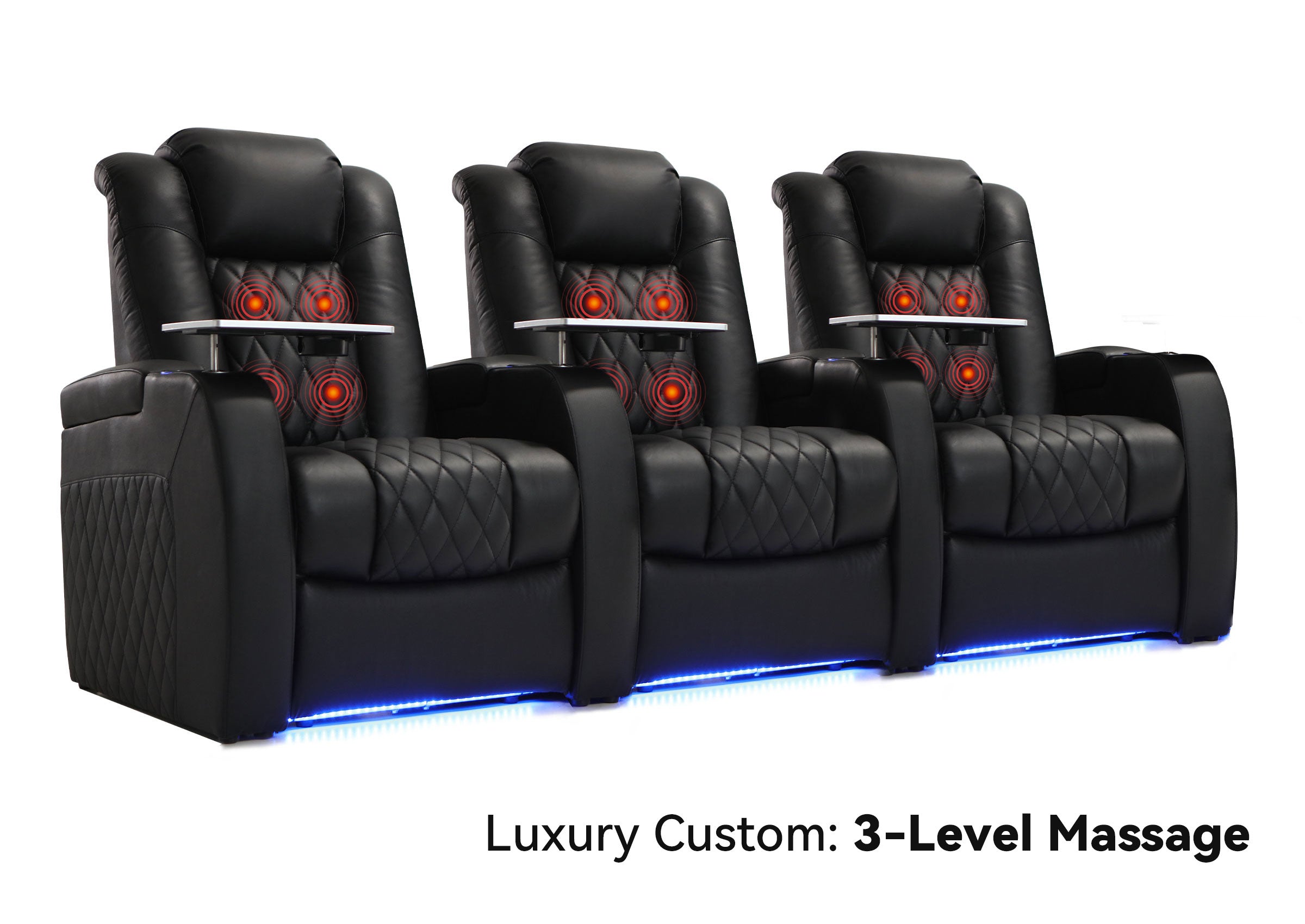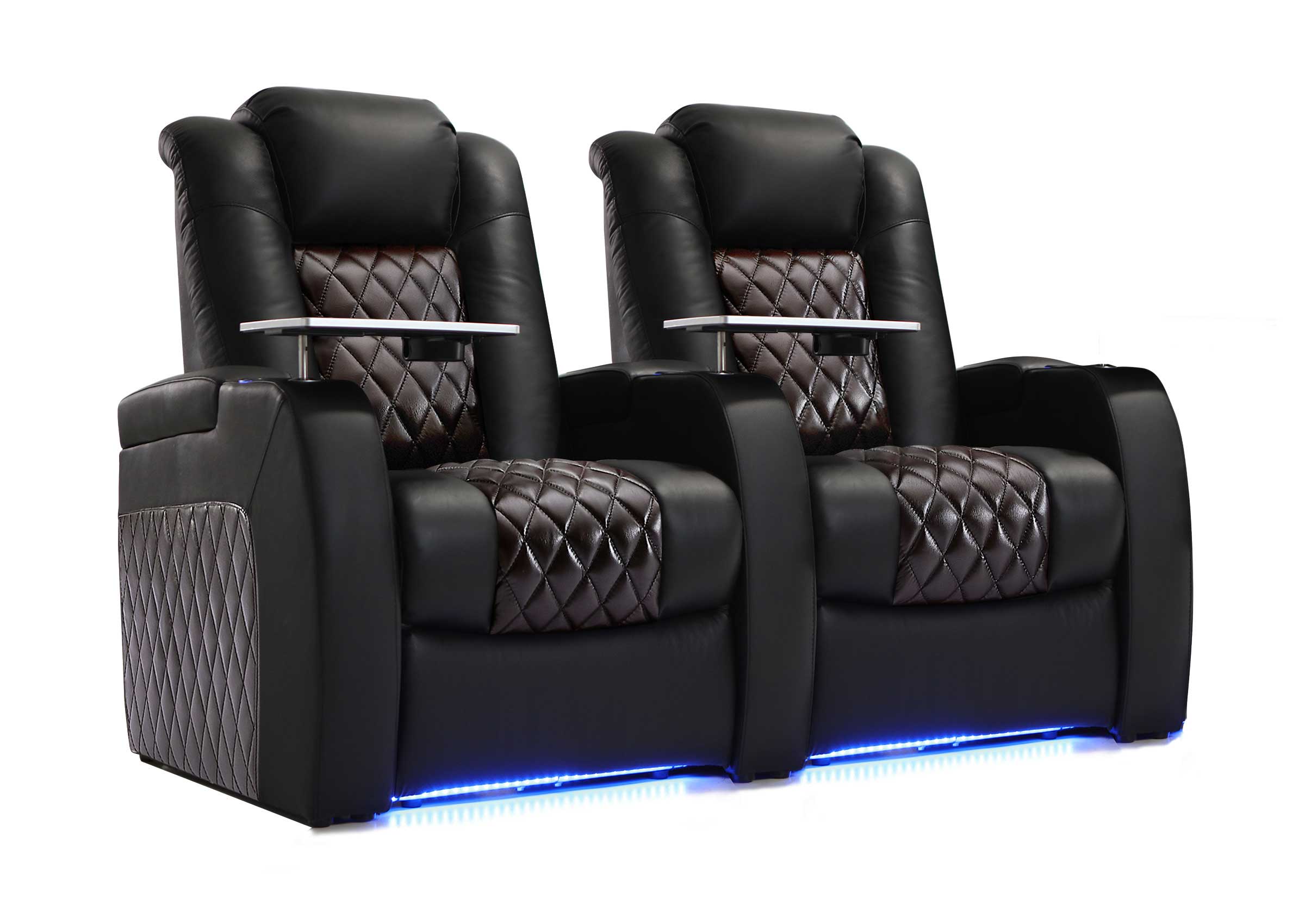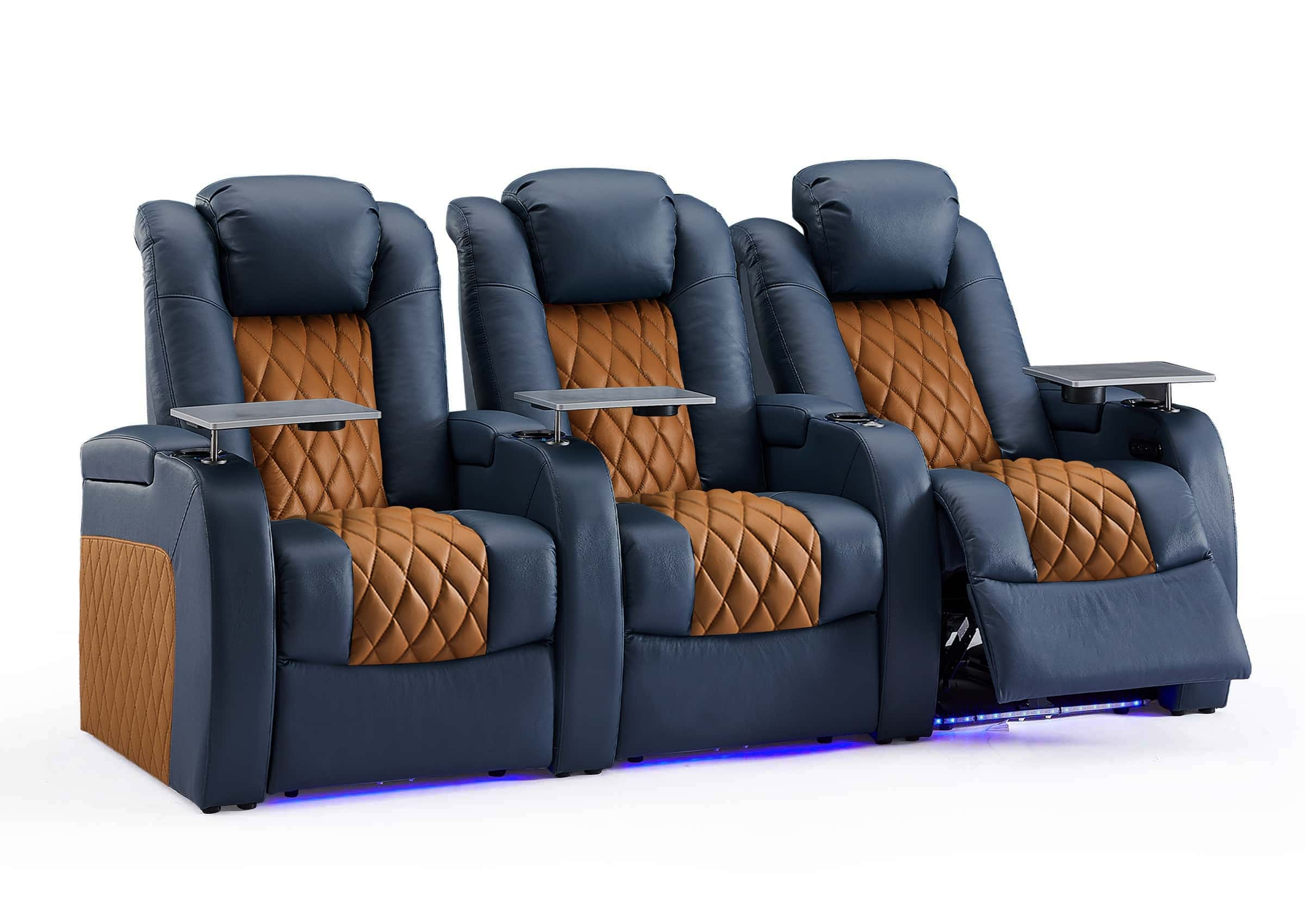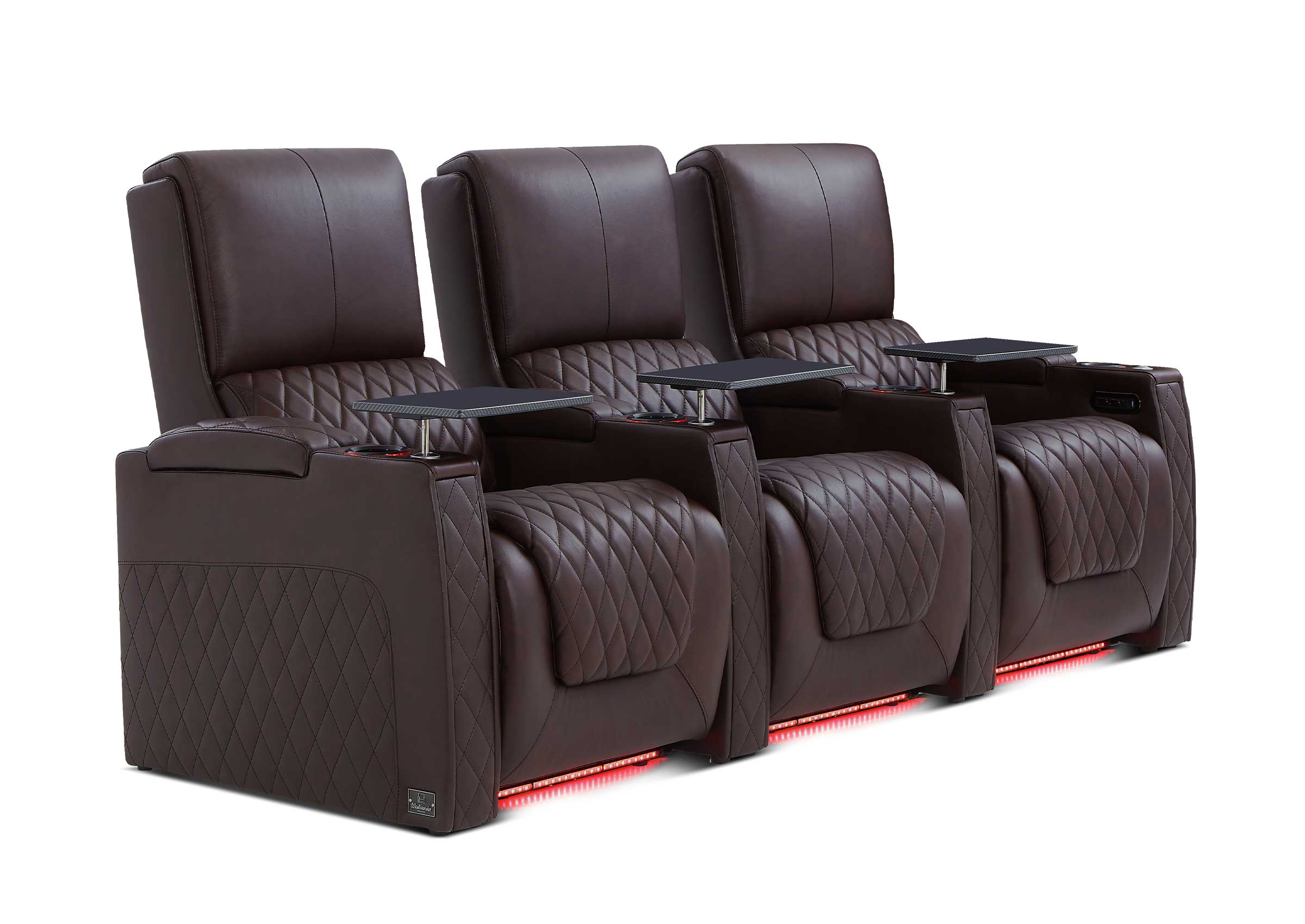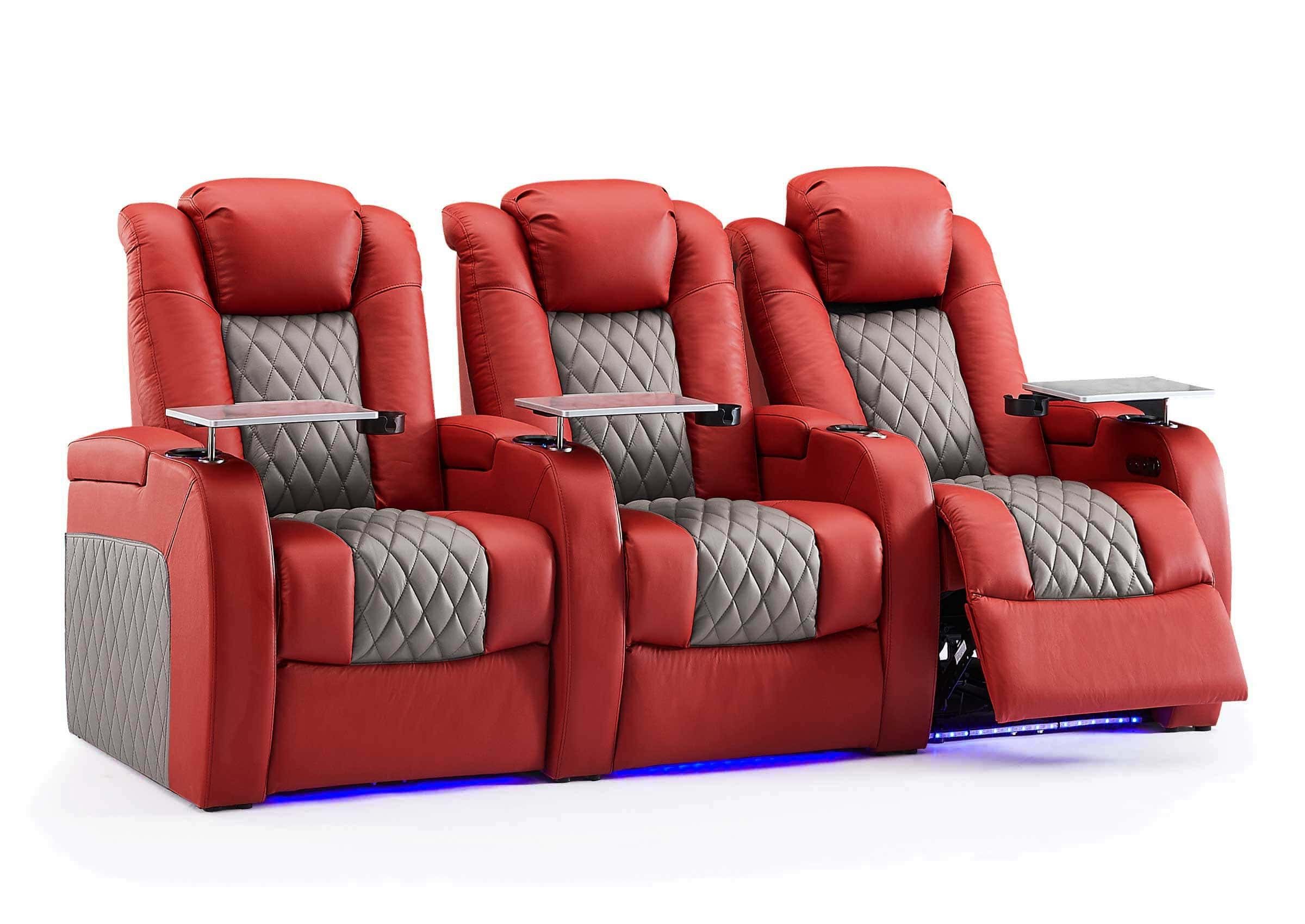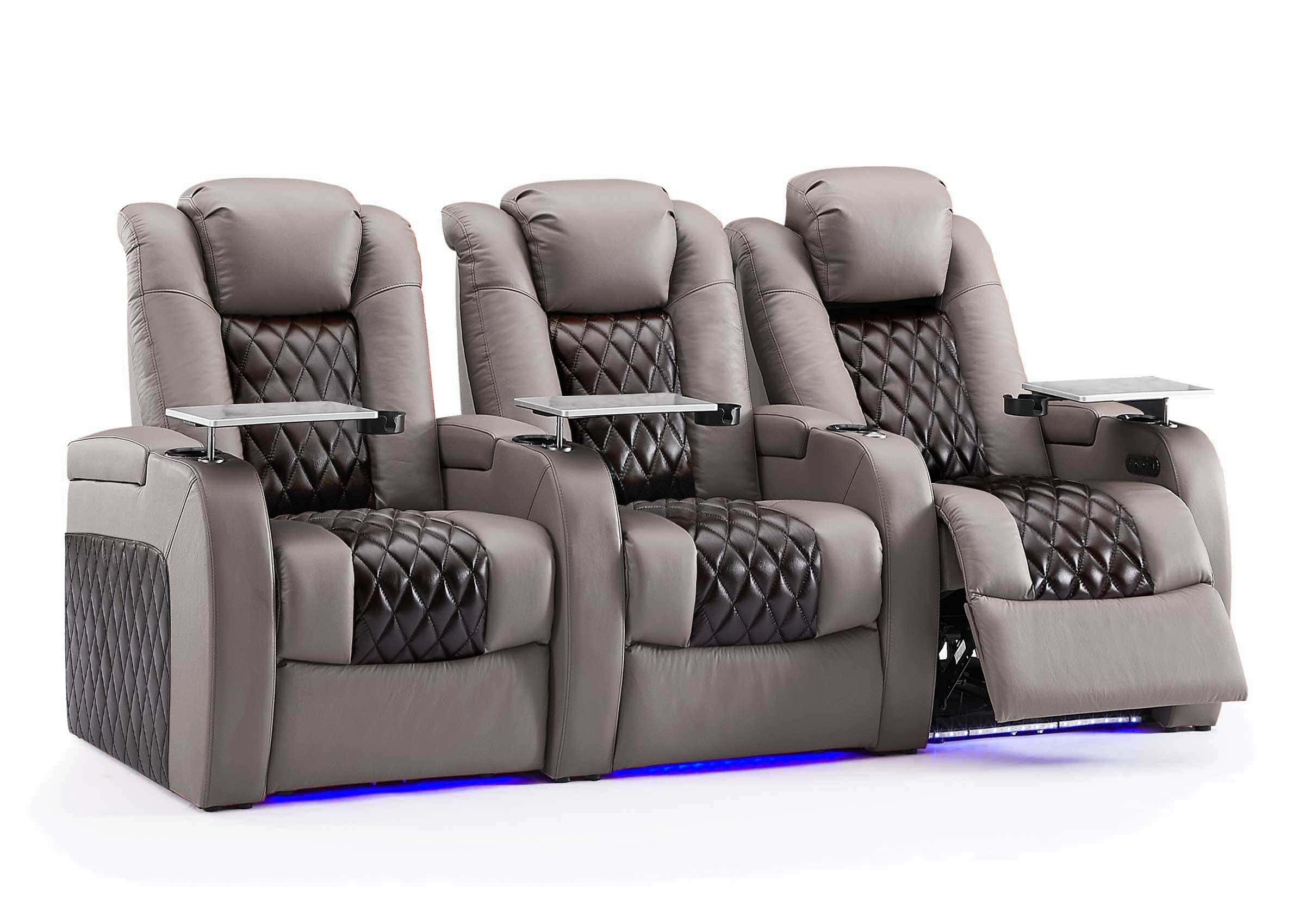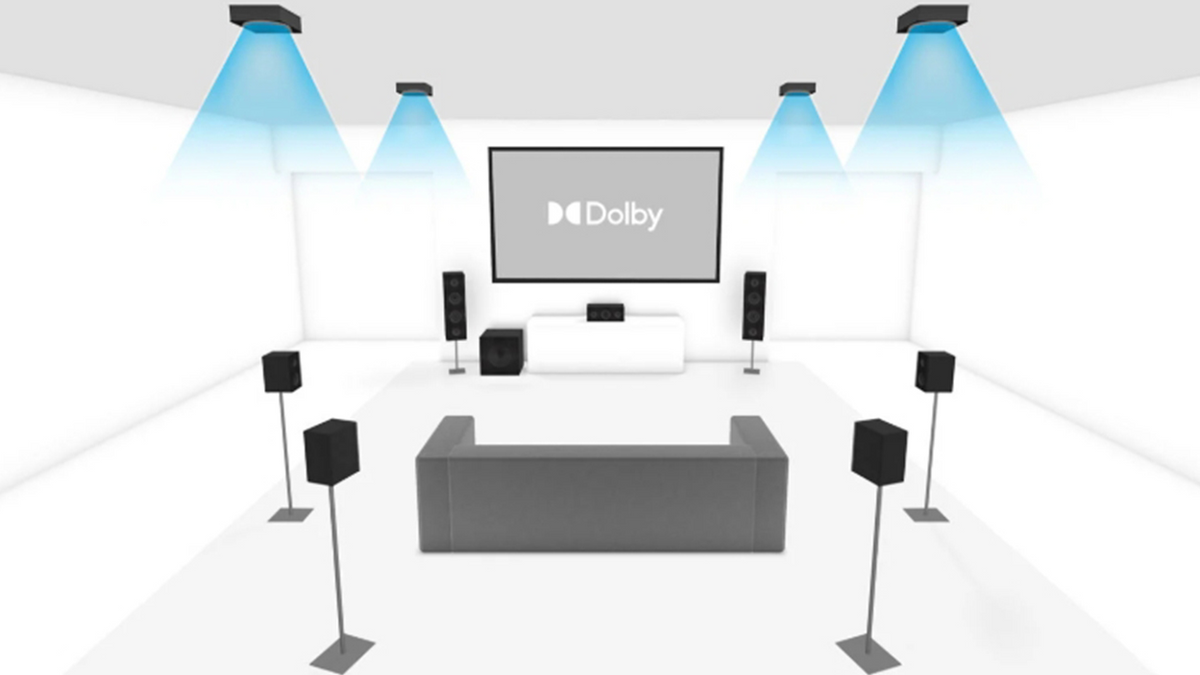Dolby Atmos is a major upgrade for home theater sound systems. This technology places sound in three-dimensional space, going beyond the traditional surround sound setup where audio only comes from specific speakers. In a Dolby Atmos system, sounds like helicopter blades or rainfall can move freely in any direction - including above you. While Atmos started in movie theaters, it's now available for home use, and this guide will help you set it up in your own space.
Does Dolby Atmos Work With Home Theatre?

Yes, Dolby Atmos works excellently with home theaters. This technology has been adapted from commercial cinemas specifically for home use, with options ranging from full speaker setups to simple soundbar solutions.
Object-Based Audio vs Speaker Channels
Dolby Atmos works differently from older surround sound systems. Instead of sending audio to specific speakers, it treats each sound as a separate object that can move independently in space. A car speeding by or a bird flying overhead can travel smoothly through your room in any direction.
From 5.1 to Atmos: The Technical Changes
Earlier surround sound systems like 5.1 or 7.1 were channel-based, where each speaker played a fixed audio track. Sound mixers had to decide which of those five or seven speakers would play each sound. This limited where sounds could be placed and how they could move.
Height Channels: Adding Sound From Above
The key feature of Atmos is its ability to position sound anywhere in three-dimensional space. The audio system calculates exactly where each sound should come from based on your specific speaker setup. A helicopter can move overhead from front to back, while dialogue stays anchored to the center channel. This precise sound placement makes movies and shows sound more realistic.
Essential Equipment for Dolby Atmos
Atmos-Ready AV Receivers
To use Dolby Atmos, you'll need an AV receiver that supports the technology. These receivers process Atmos audio signals and direct them to the correct speakers. Most modern AV receivers offer Atmos support, with prices ranging from $500 to over $2000. If you prefer a simpler setup, many soundbars now include Atmos capabilities, typically starting around $400.
Speaker Requirements
You'll need either ceiling-mounted speakers or upward-firing Atmos speakers for height effects. Ceiling speakers provide the most accurate overhead sound but require installation. Upward-firing speakers sit on top of your regular front or rear speakers and bounce sound off the ceiling. For optimal results, your ceiling should be flat and between 8 to 14 feet high. Most Atmos speakers cost between $200 to $500 per pair.

Source Devices That Work With Atmos
Your video source must support Atmos for the system to work. Compatible devices include:
- 4K Ultra HD Blu-ray players
- Recent gaming consoles (PS5, Xbox Series X/S)
- Streaming devices like Apple TV 4K, newer Roku models, or Fire TV Stick 4K
- Smart TVs with built-in streaming apps that support Atmos
Make sure your HDMI cables are version 2.0 or newer to handle Atmos audio signals properly. Most devices will automatically detect and enable Atmos when available.
Dolby Atmos Speaker Layouts: From Basic to Advanced
5.1.2 Setup: The Starting Point
The 5.1.2 system uses five regular speakers, one subwoofer, and two height speakers. The layout includes front left, center, and right speakers, two rear surround speakers, plus two overhead speakers. This setup works well in rooms up to 350 square feet and costs around $1,500-3,000 for a complete system. Many homeowners choose this configuration as it balances good sound quality with reasonable space requirements.
7.1.4 Setup: The Full Experience
A 7.1.4 system adds two more surround speakers and two more height speakers to the basic setup. You'll have front left/right, center, two side surrounds, two rear surrounds, four height speakers, and a subwoofer. This layout creates the most precise sound movement and works best in rooms larger than 350 square feet. While it offers the best Atmos experience, it requires more space and typically costs $3,000-6,000 for a complete system.
All-in-One Atmos Soundbars
Single-unit Atmos soundbars pack all speakers into one bar, using upward-firing drivers for height effects. Models like the Sonos Arc or Samsung HW-Q950A provide Atmos sound without multiple speakers. These systems save space and typically cost $500-1,500. The sound field isn't as precise as separate speakers, but they work well in apartments or smaller rooms.
Soundbars With Satellite Speakers
These systems combine a main soundbar with wireless rear speakers and a subwoofer. The soundbar handles front and height channels, while separate rear speakers create surround effects. Some popular options cost between $700-1,800. The setup offers better surround effects than single-unit soundbars while keeping the convenience of wireless connections.

Where to Find Dolby Atmos Content
4K Ultra HD Blu-ray Movies
4K Ultra HD Blu-ray discs offer the highest quality Atmos sound, with uncompressed audio that matches theater quality. Most new movie releases on 4K Blu-ray include Atmos tracks. Look for the Dolby Atmos logo on the box - it's usually on the back cover near the technical specifications. Major studios like Disney, Warner Bros., and Universal regularly release their blockbusters in this format.
Regular Blu-ray Options
Standard Blu-ray discs can also carry Atmos soundtracks, though less commonly than 4K discs. These still provide excellent audio quality and cost less than 4K versions. Many action movies, sci-fi films, and big-budget releases from 2014 onward include Atmos tracks on their Blu-ray releases.
Streaming Services With Atmos
Different streaming platforms offer varying amounts of Atmos content:
- Netflix: Mostly original shows and some movies, requires Premium plan
- Disney+: Most Marvel, Star Wars, and newer Disney/Pixar films
- Amazon Prime Video: Selected Amazon Originals and newer movies
- Apple TV+: Nearly all original content
- HBO Max: Selected Warner Bros. movies and some originals
- Vudu: Many recent movie releases for rental or purchase
Streaming Quality Notes
Streaming Atmos requires good internet speed (at least 25 Mbps). The audio quality won't match disc-based formats due to compression, but still offers noticeable improvements over standard 5.1 sound. Most services clearly mark Atmos-enabled content with a badge or icon in their interface.

Room Setup Guide: Exact Measurements for Atmos
Best Room Size: 16x12x8 Feet or Larger
A rectangular room works best for Atmos. You'll need 16-24 feet in length for multiple seating rows, and 12-18 feet in width for 3-4 seats per row. The ideal ceiling height is 8-12 feet, though up to 14 feet can work. Avoid square rooms as they create sound problems. The best ratio is 1.6:1 for length to width.
Home Theater Seating: 12 Feet From Screen
Place your main seat two-thirds back from the screen. This center home theater seat is your listening "sweet spot." Seat height should put viewers' ears 36-42 inches from the floor. If you have multiple rows, raise each back row by 6-8 inches. Keep the last row at least 4 feet from the back wall.
Ceiling Type: Flat Drywall Without Beams
You need a flat, smooth drywall ceiling for good sound reflection. Avoid angled or vaulted ceilings. Use flush-mounted light fixtures. Exposed beams or ducts can interfere with the overhead sound effects.
Speaker Angles: 30-55 Degrees for Height Channels
Mount height speakers 30-55 degrees above ear level. Front speakers should be 22-30 degrees from center. Side surround speakers work best at 90-110 degrees, and rear speakers at 135-150 degrees. These angles create smooth sound movement.
Speaker Distance: 8-12 Feet From Main Seat
Keep front speakers 8-12 feet from your main seat. Height speakers should be 5-9 feet from the floor. Place the subwoofer 4-12 feet from your seat. Try to keep all speakers equally distant from the main seat, and at least 2 feet from walls.
Wall Coverage: 30% Sound Panels
Add sound absorption panels where sound first hits the walls. Put bass traps in corners. Cover about 30% of your walls with acoustic treatment. Use curtains or blinds on windows to control reflections.

Build Your Atmos Home Theater Today!
A proper Dolby Atmos setup depends on three main things: the right room layout, correct speaker placement, and suitable equipment for your space. You can begin with a basic 5.1.2 system or soundbar and add more speakers later, or install a complete 7.1.4 system if you have enough room. By following the setup guidelines for your space, you'll get to experience movies with precise, three-dimensional sound that moves all around you, just like in a commercial theater.



